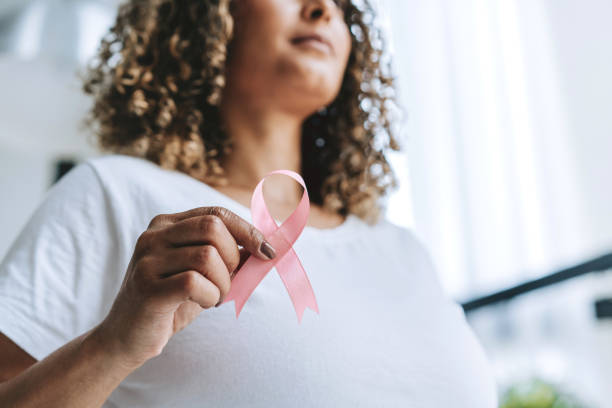Breast cancer develops when cells in the milk ducts or milk-producing lobules begin to grow abnormally. Ductal carcinoma originates in the ducts, while lobular carcinoma starts in the lobules.

Breast cancer is categorized into different types:
1. Invasive Breast Cancer – The most prevalent form.
2. Inflammatory Breast Cancer – A rare and aggressive variant.
3. Recurrent Breast Cancer – Occurs when cancer returns after initial treatment.
4. Metastatic Breast Cancer – The most severe stage, where cancer spreads beyond the breast to vital organs.
What Is HER2 Breast Cancer?
HER2 (Human Epidermal Growth Factor Receptor 2) is a gene found in normal breast cells responsible for cell growth and repair. However, when the HER2 gene mutates, it leads to uncontrolled cell division, resulting in HER2-positive breast cancer. This type of breast cancer tends to grow and spread faster but can be effectively treated with targeted therapies.
Recognizing Breast Cancer Symptoms
Although early-stage breast cancer often presents no symptoms, paying attention to the following warning signs can aid early detection:
• Swelling in the breast
• Lumps in the breast or underarm
• Nipple discharge or pain
• Changes in nipple appearance, such as inversion or rash formation
• Unusual redness, scaliness, or swelling of the breast skin
• Sudden breast enlargement or shrinkage on one side
Consult a healthcare professional if you notice any of these symptoms. While they do not confirm breast cancer, early medical evaluation is crucial.
